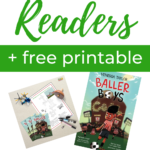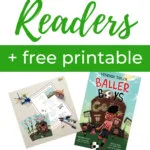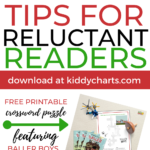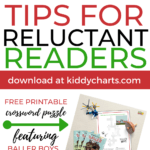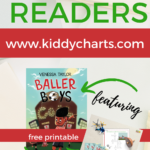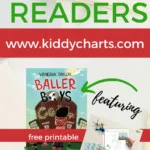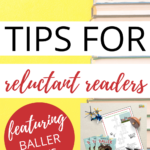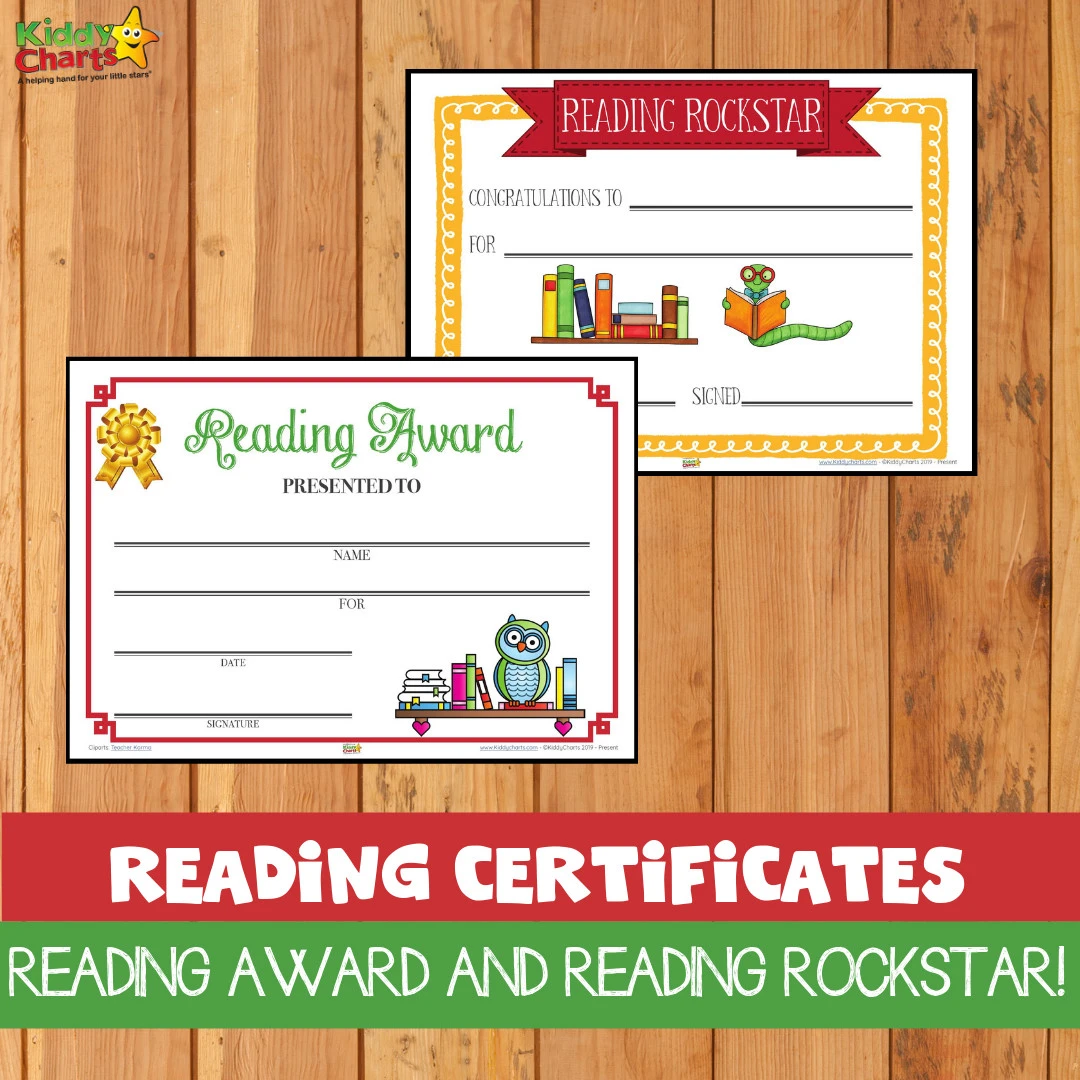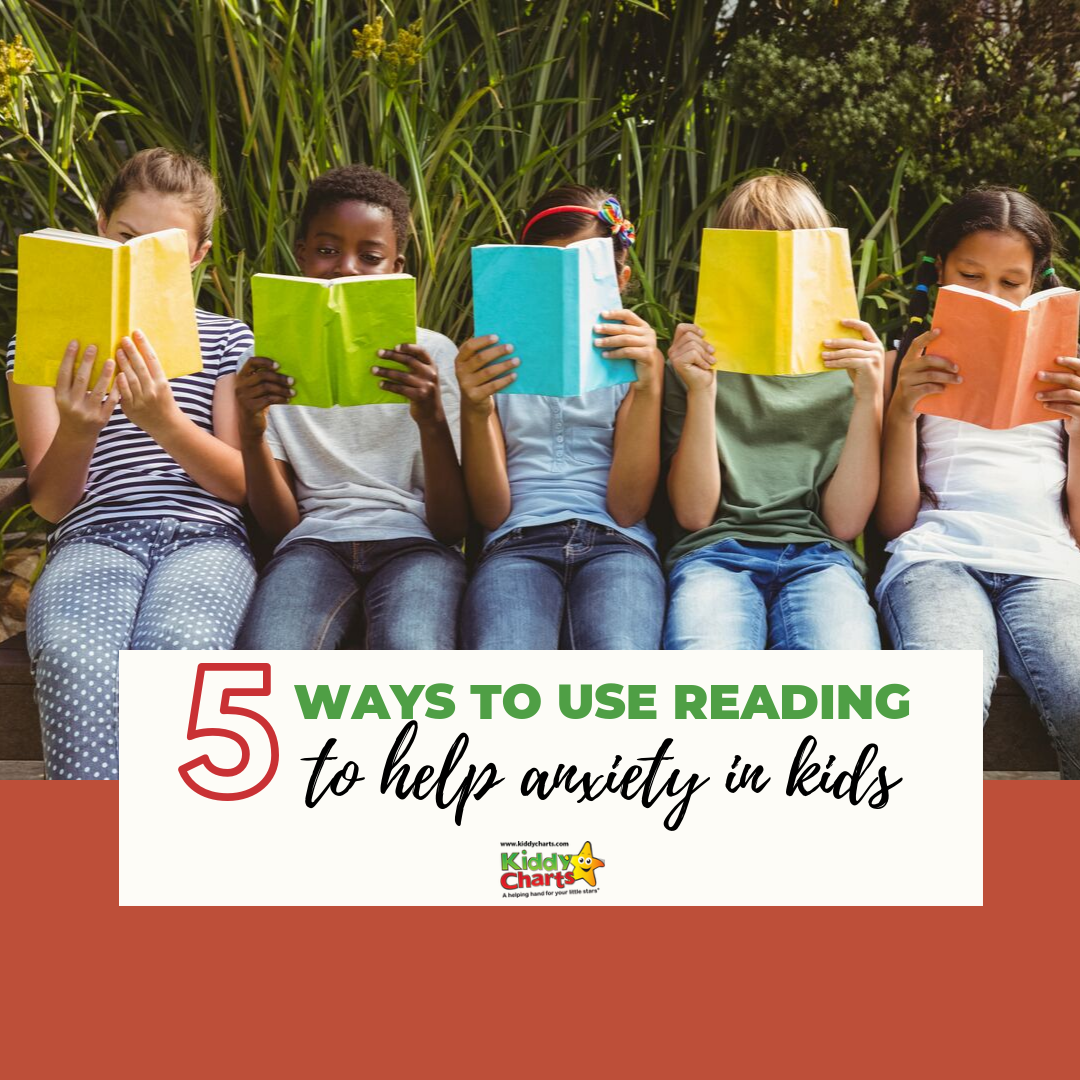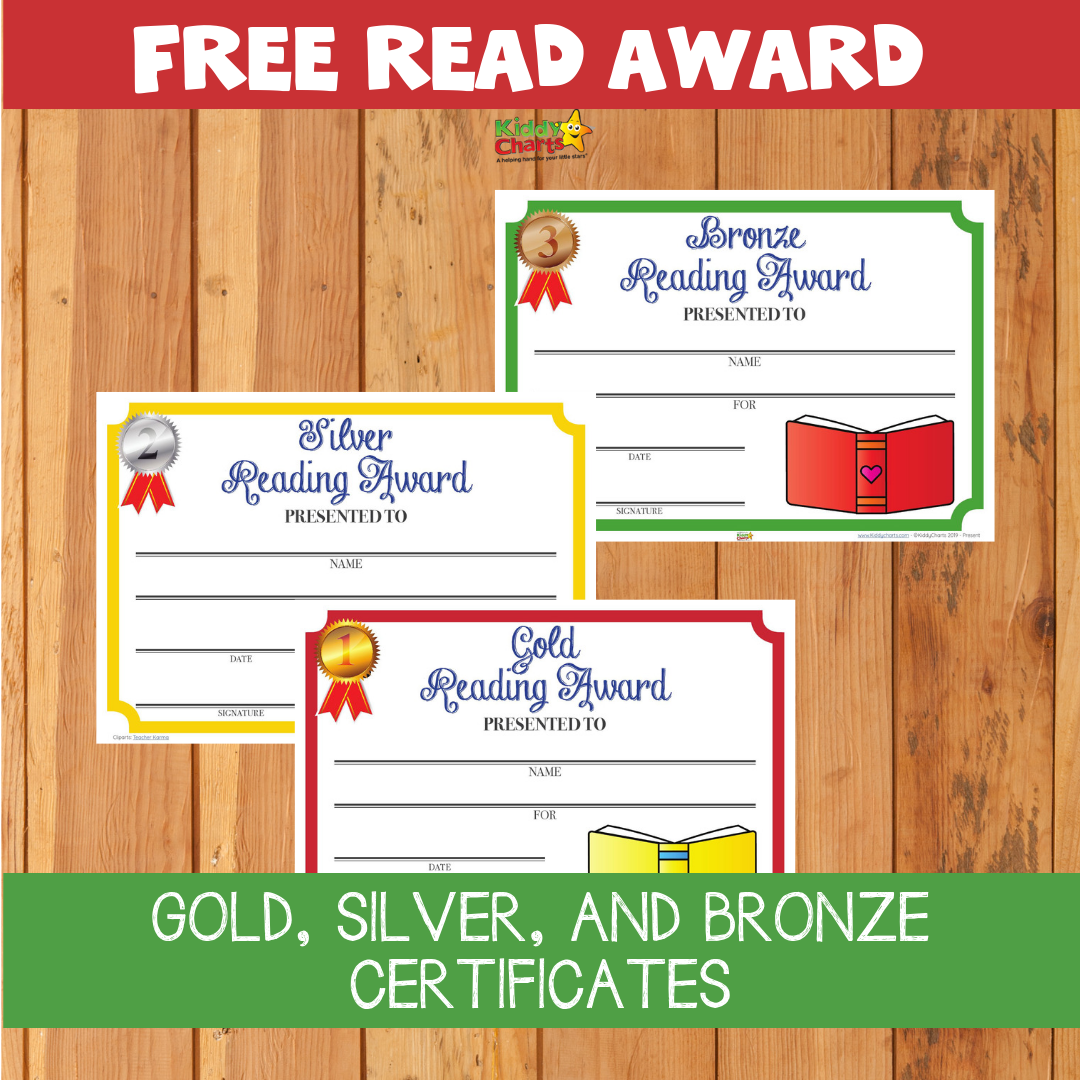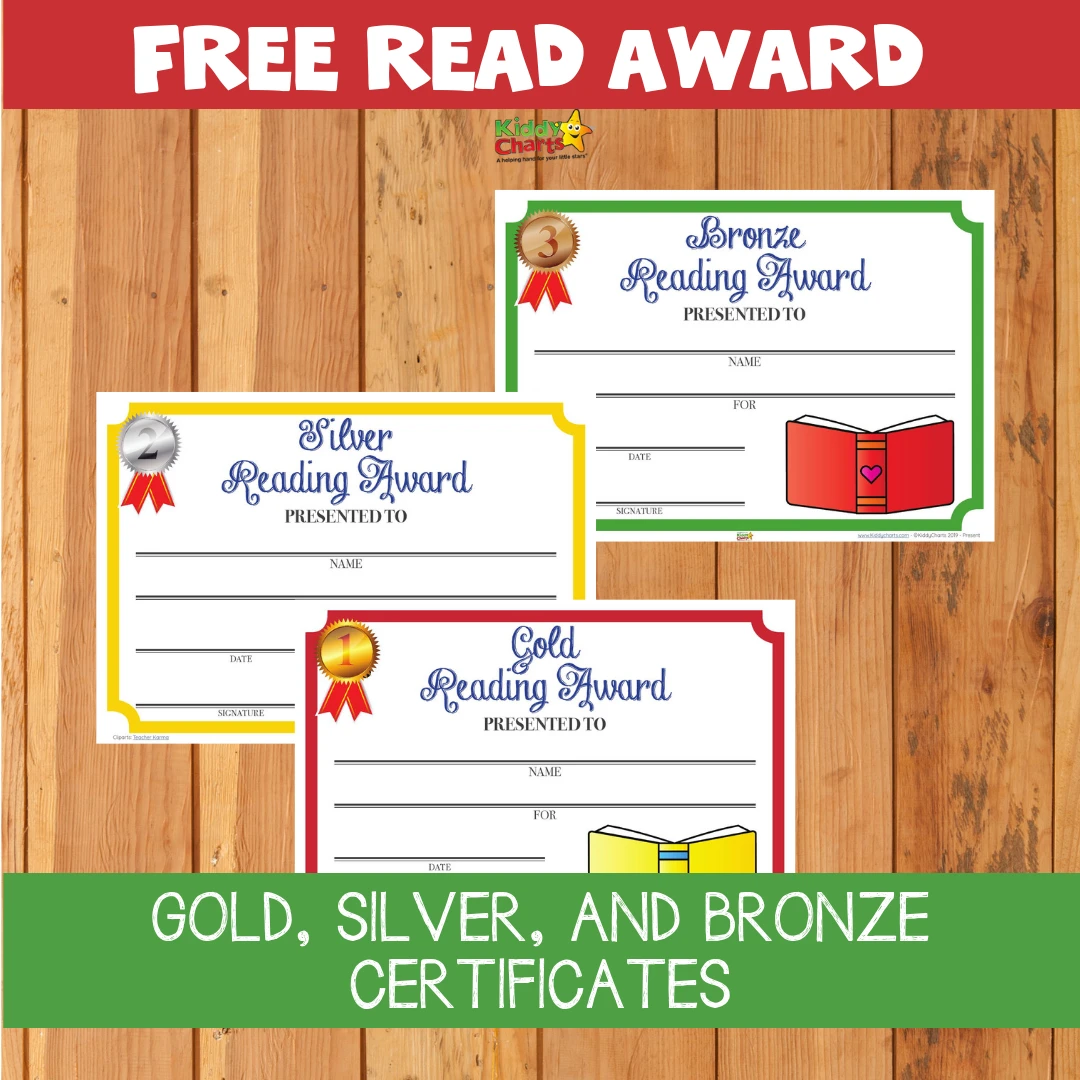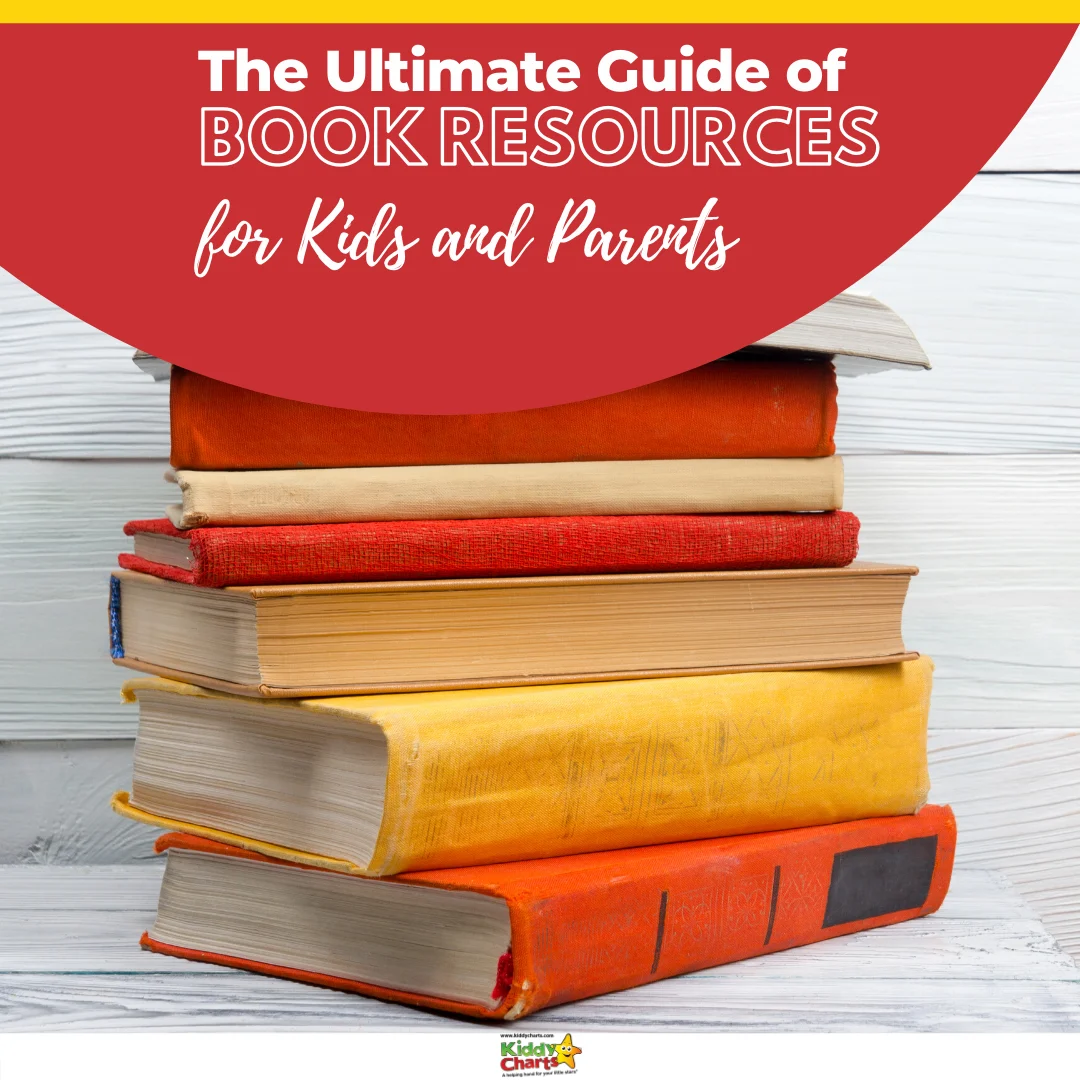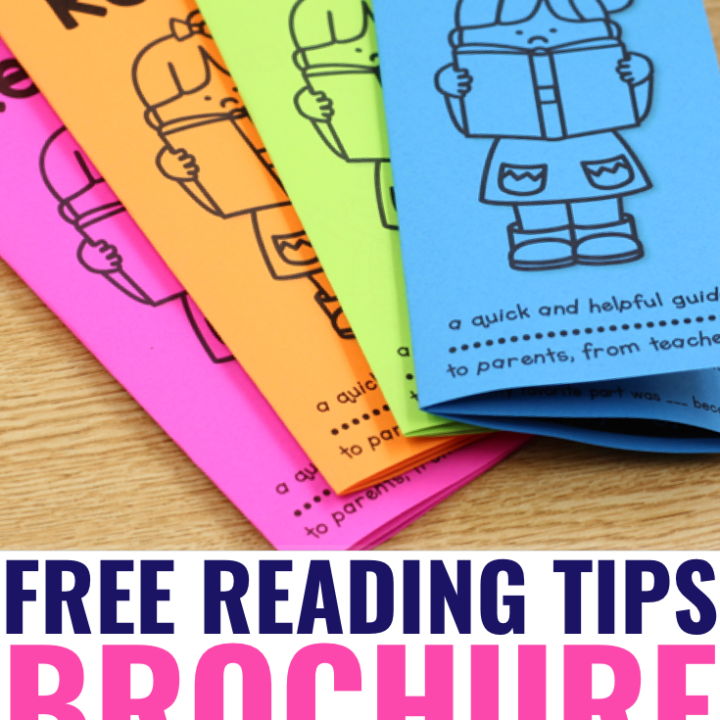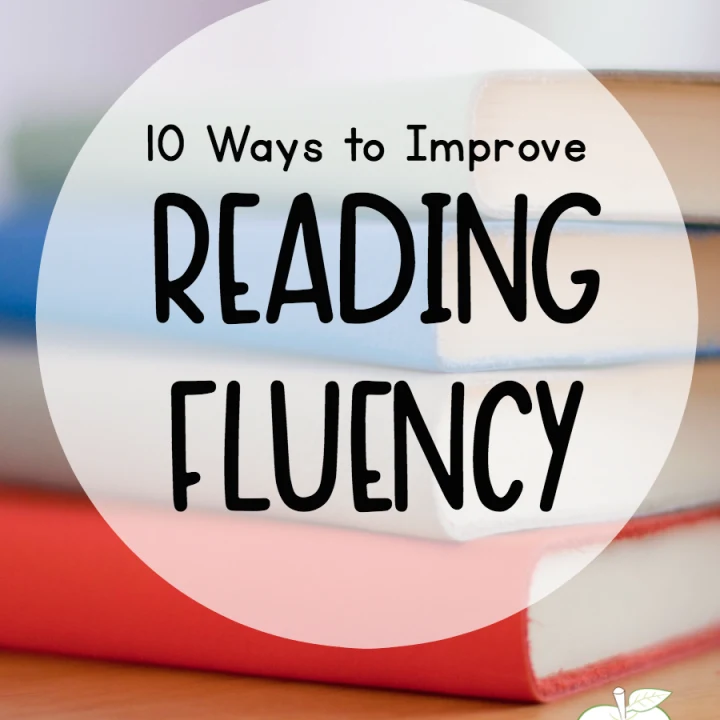There is overwhelming evidence that literacy has a significant impact on people’s life chances. There are numerous benefits to reading other than just reading for sheer pleasure, so how do we engage reluctant readers? Read on for more.
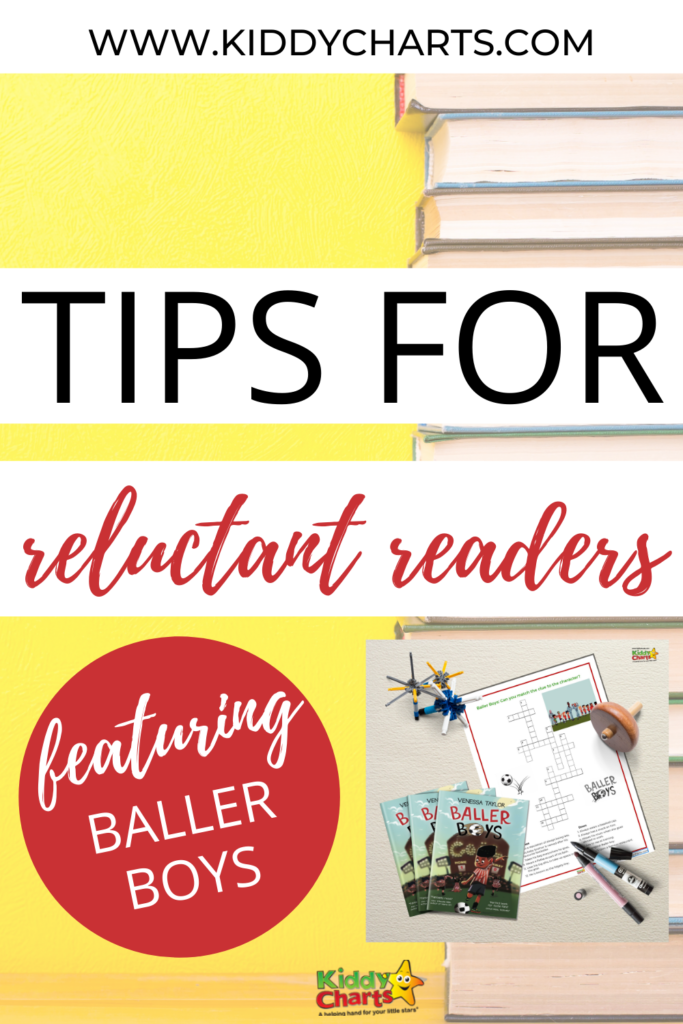

What are the benefits of reading for kids?
Benefits to reading include:
- Helping to develop imagination
- Enabling creative thinking
- Assisting with relaxation
- Giving an opportunity to learn and finally
- Reading is exercise for the brain.
Children should be introduced to books as early as possible beginning with being read to as tiny babies right up until the point they don’t want you to read to them anymore. I still read to my youngest daughter who is eleven years old and a perfectly able reader.
There is no definitive age for when children should be reading but if a child is not engaging with text or enjoying the reading experience by the age of six, this would be a good time to speak to their teacher. As well as do what you can to engage reluctant readers.
There are two main reasons why children may not be enjoying the reading experience, and it is essential to understand and identify the difference.
Reasons why children don’t engage with books
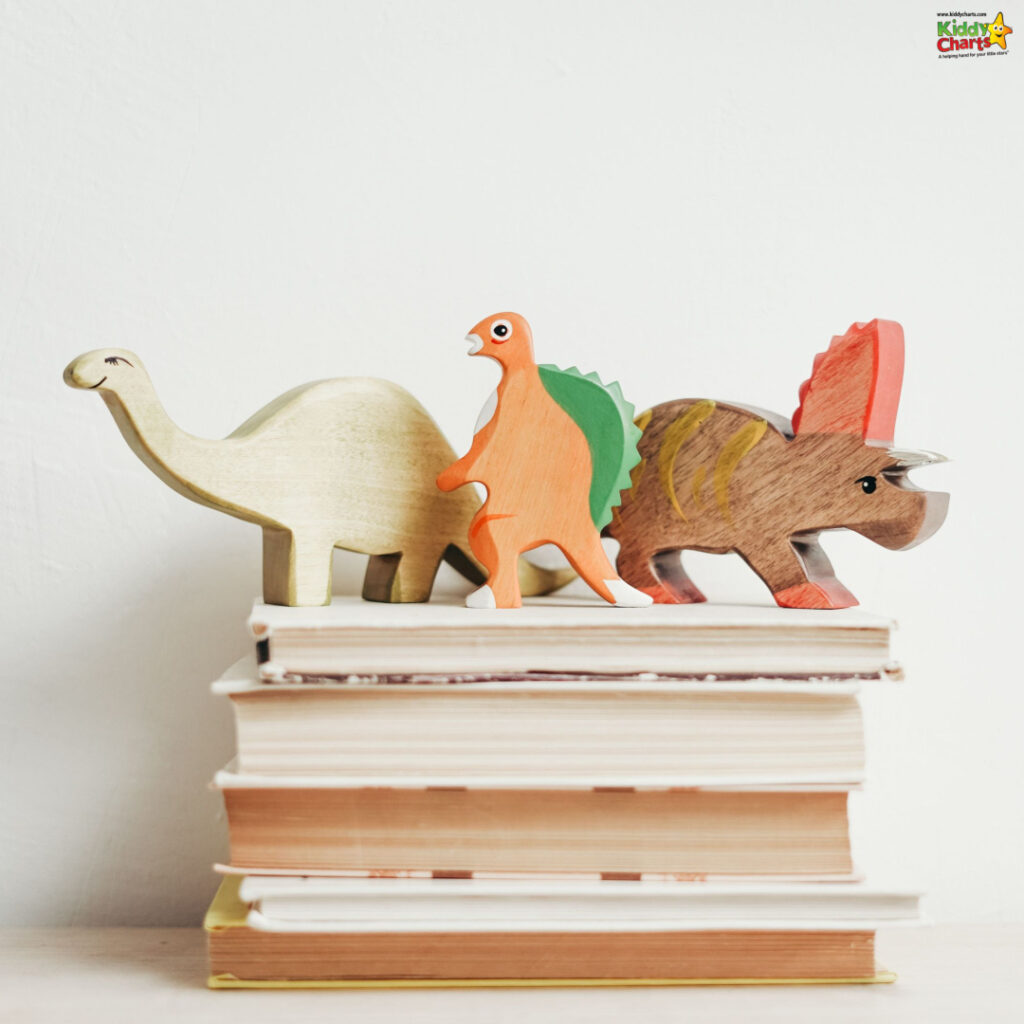
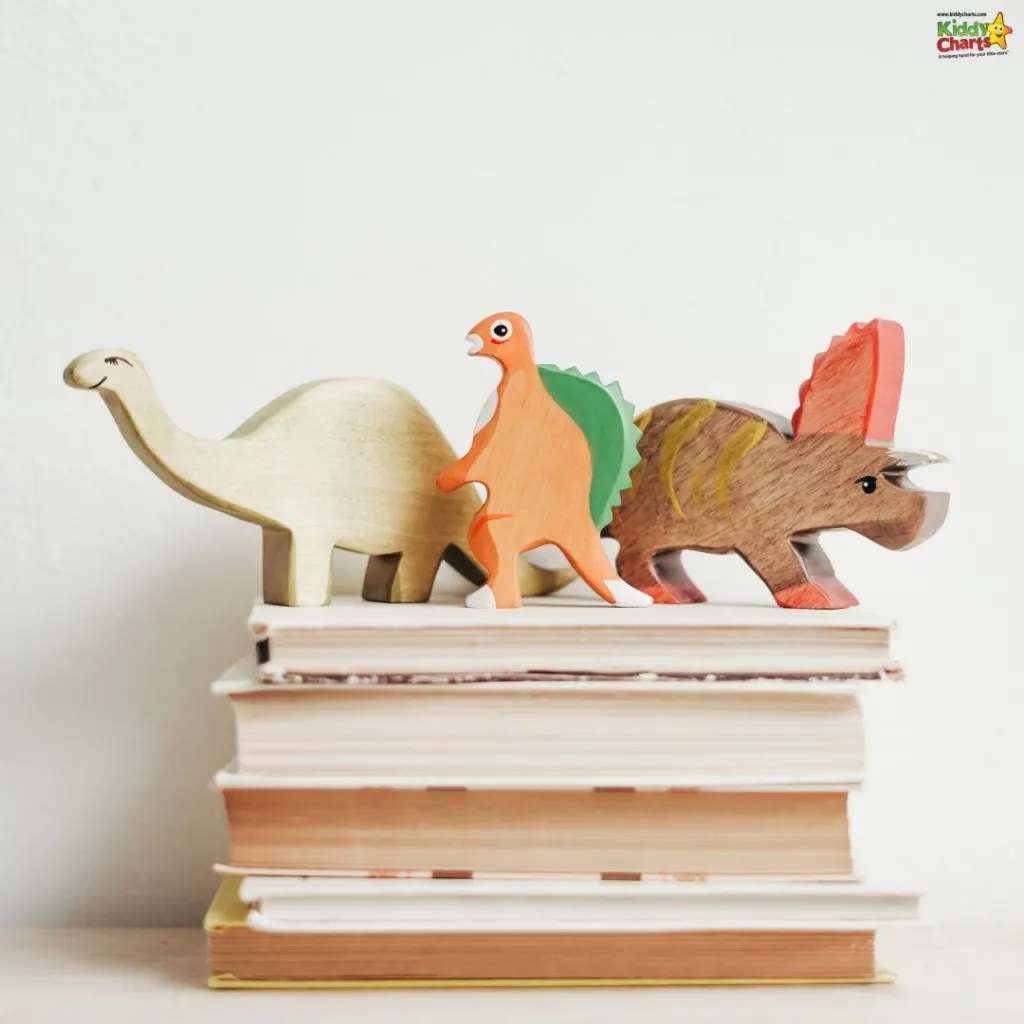
There are a number of reasons children might find it hard to engage with books. For example, children may:
- Find it difficult to sit still and concentrate on a book
- Find it hard to sound out and blend letters together to make words
- Forget words you have just told them
- Become anxious before and during reading time.
Sometimes, you might both find the whole ‘let’s read’ process stressful… This is what we call a child who is struggling to read and the issue must be addressed with the support of the school. However, if a child is able to select a book, never finishes a book, wouldn’t choose to read, or doesn’t want to but can read, then this child is more likely to be a reluctant reader. And you can engage reluctant readers!
How to engage reluctant readers
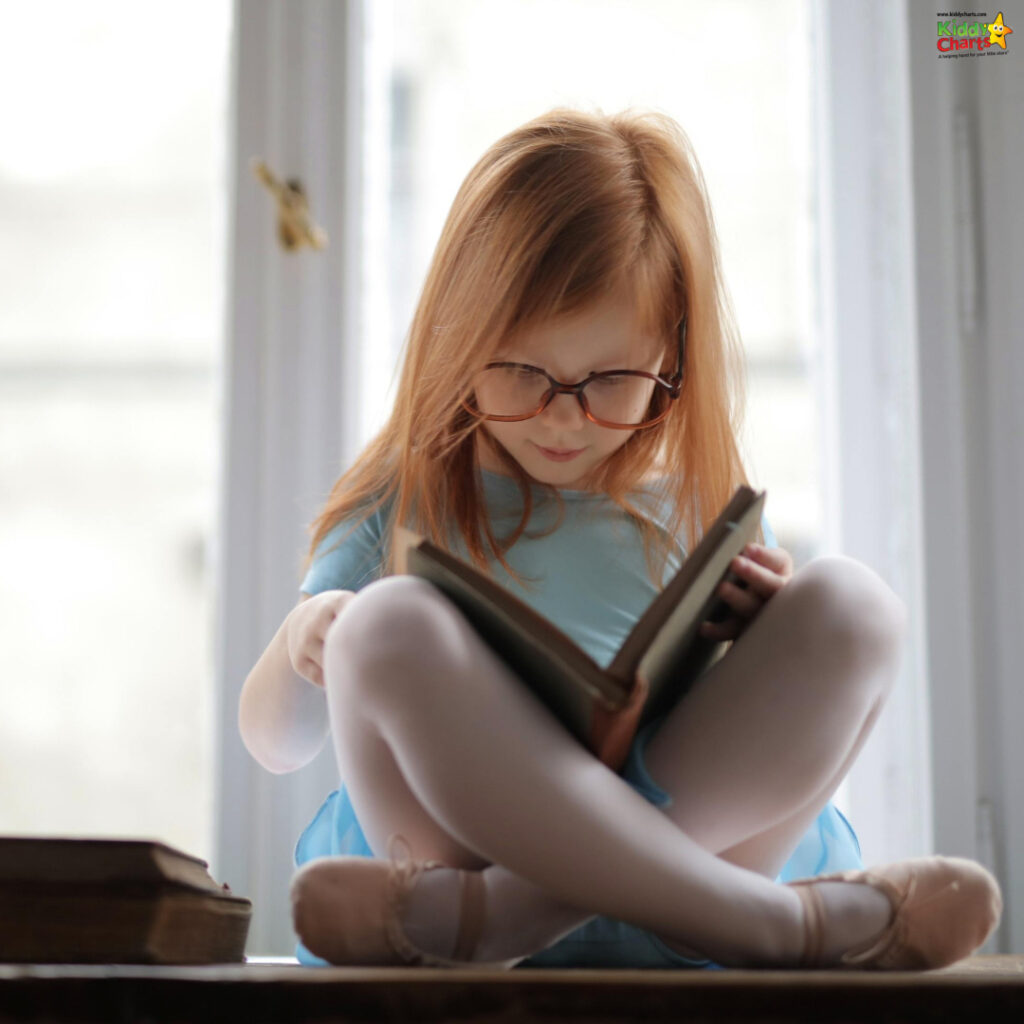
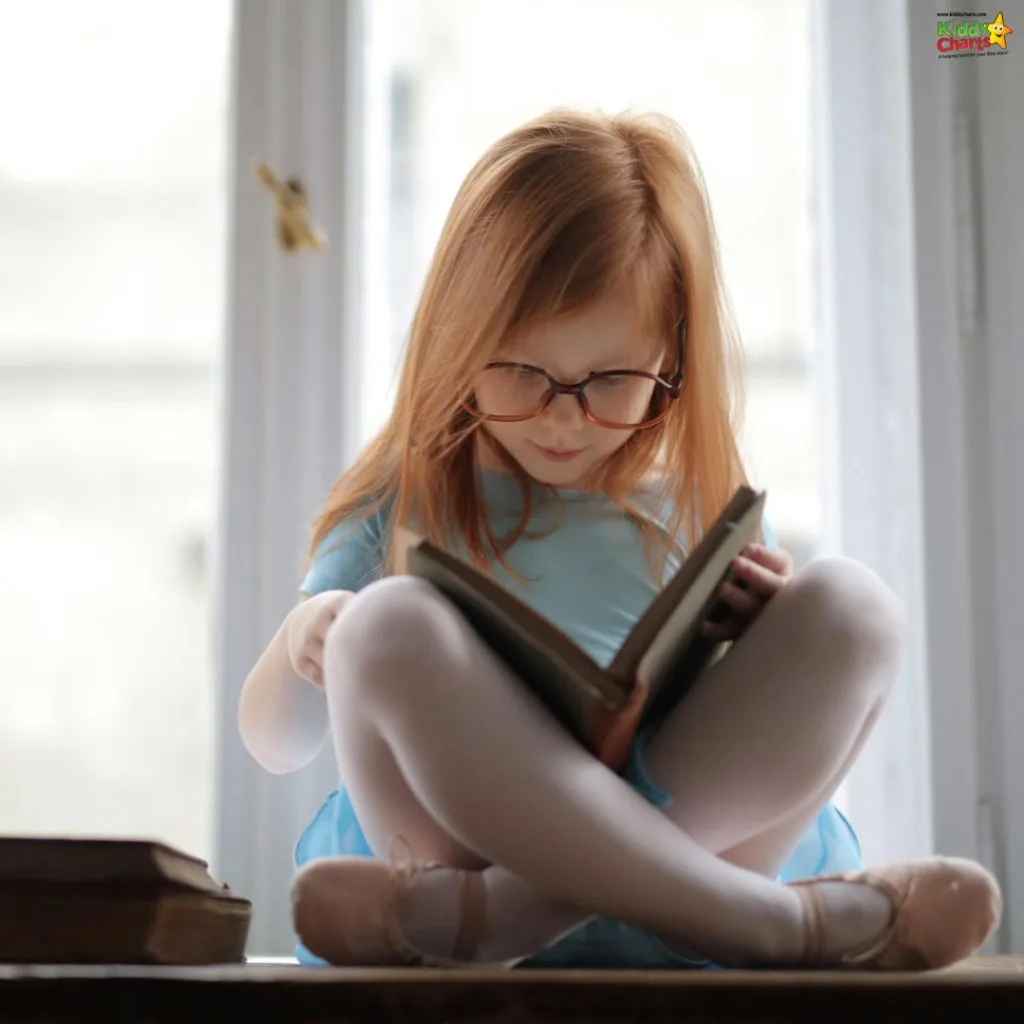
If your child is a reluctant reader, then please consider these top tips to get your child reading based on years of experience as a literacy lead, assistant headteacher and parent:
- Share your own enthusiasm for books well before you even bring a book home. Talk to children about books you want for yourself and let them see how excited you are. In the same way, talk to children about books you think they might like and chat with them about what the story line might be, the characters, the settings etc. Get children excited about potential new books, then when you get them a book, wrap it up and do a book reveal!
- Have a regular daily reading time for between 10-30 minutes (depending on age). This could be just before bedtime, or first thing in the morning, whenever suits your home life. Reading time can happen in many different ways; it could be family reading time when everyone reads the same book, or everyone their own books, individual reading, turn taking etc. It can be a good time to get cosy and discuss books that you’ve read recently or enjoyed. This is a great opportunity to set a reading routine and routines can become habit.
- Help children to find books that interest them. If they have a hobby or engage in a sport, help them to find books related to their interests. If they’re into football, then books about football, football skills, footballers, biographies etc. Of course, I’d love to recommend my new book, Baller Boys, at this point!

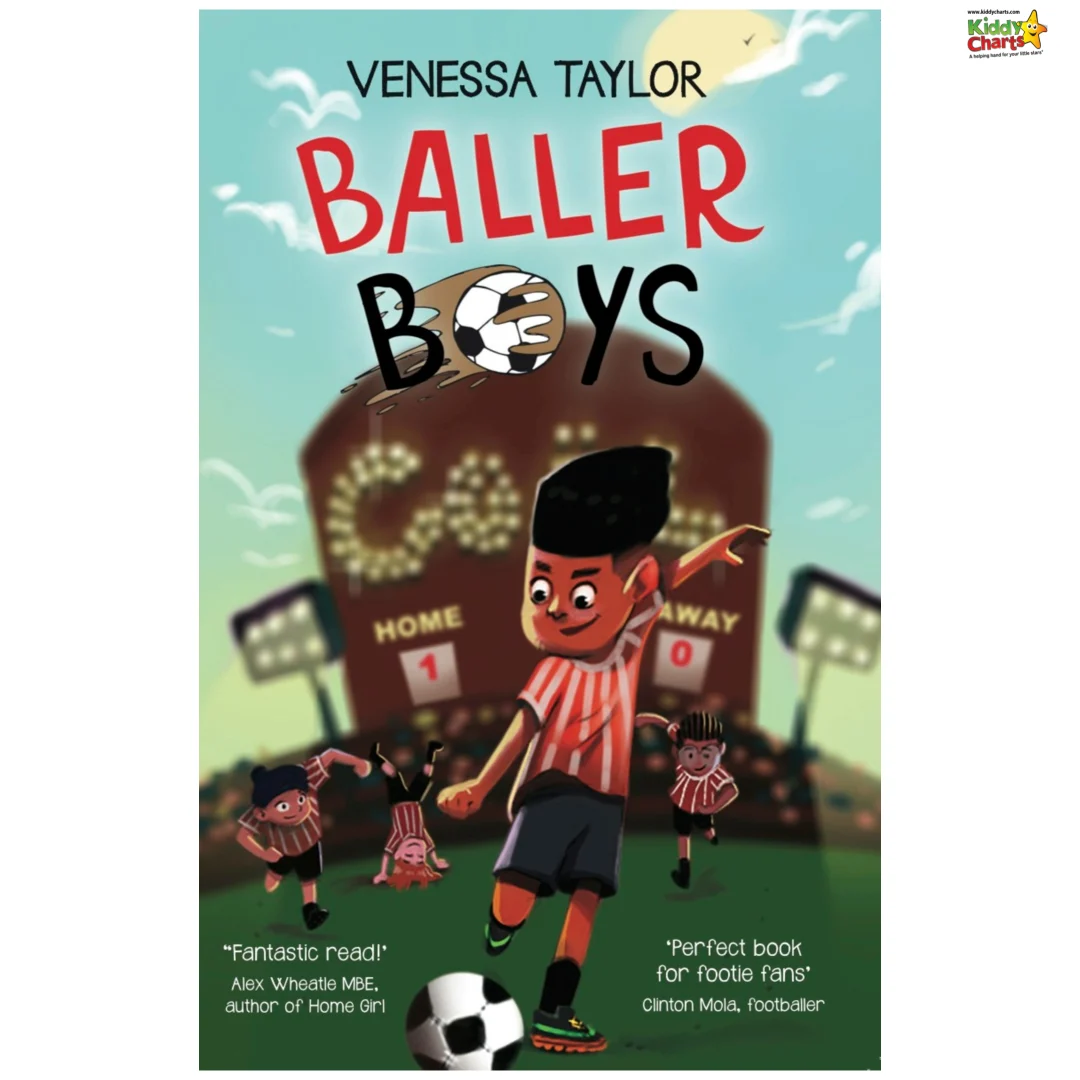
- Children like to see characters that mirror themselves and their interests. They like to read stories that reflect their own situations and experiences, for example, that contain children of colour, non-traditional families… so help them to find these books in bookshops, online and your local library.
- Audio books engage children in a way that reading themselves cannot and are often accompanied by music and sound affects which add to the experience. Audios also develop vocabulary, understanding of words and their meaning, and model how stories work in terms of plot, chapters, beginnings, middles and ends, plus they help with articulation and expression. Some audio books also come with a printed book so children can read along, read parts and listen to parts or re-read independently.
- Technology and gadgets such as e-readers and tablets are a good use of technology to support reading. Children see gadgets as fun so why not encourage them to read in a fun way?
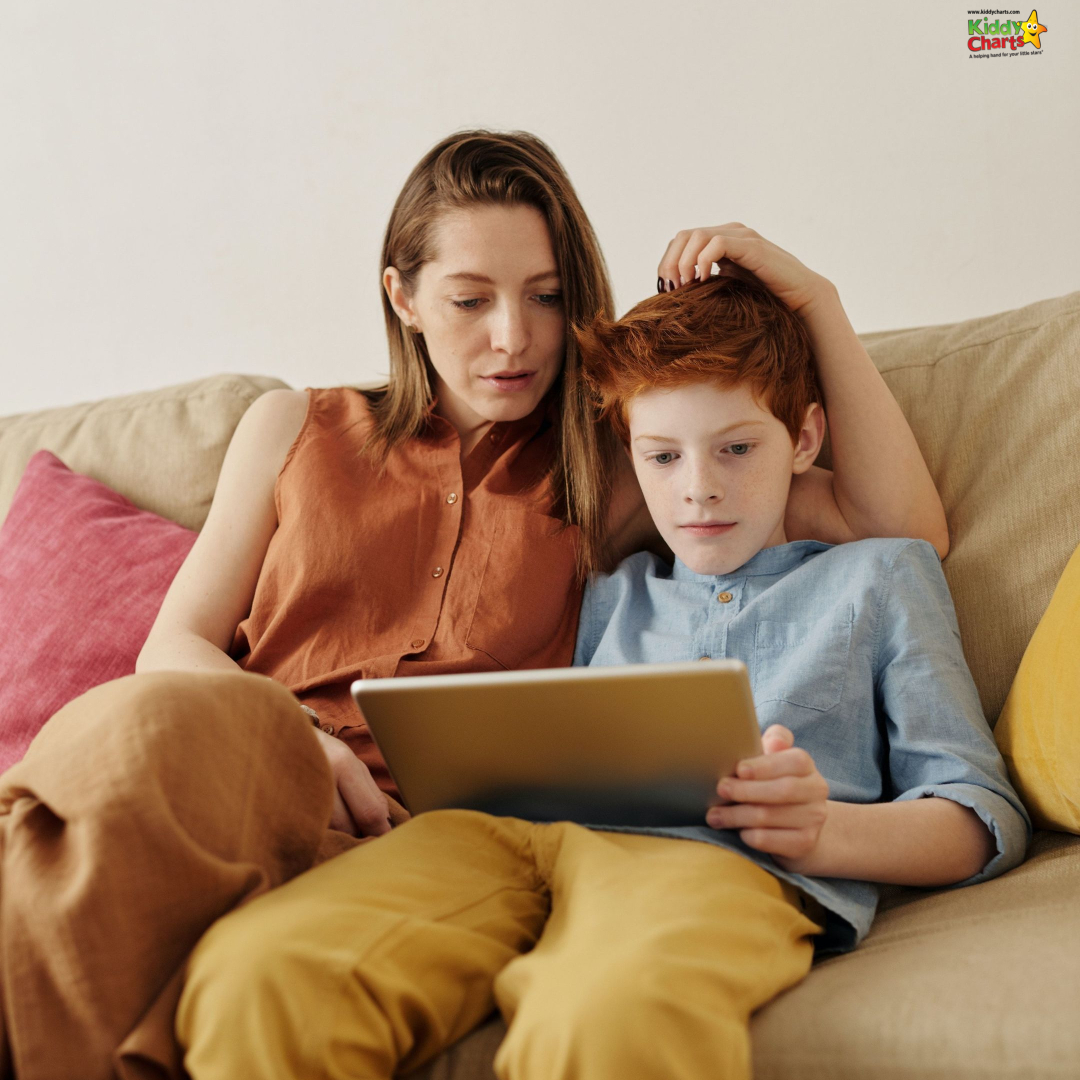
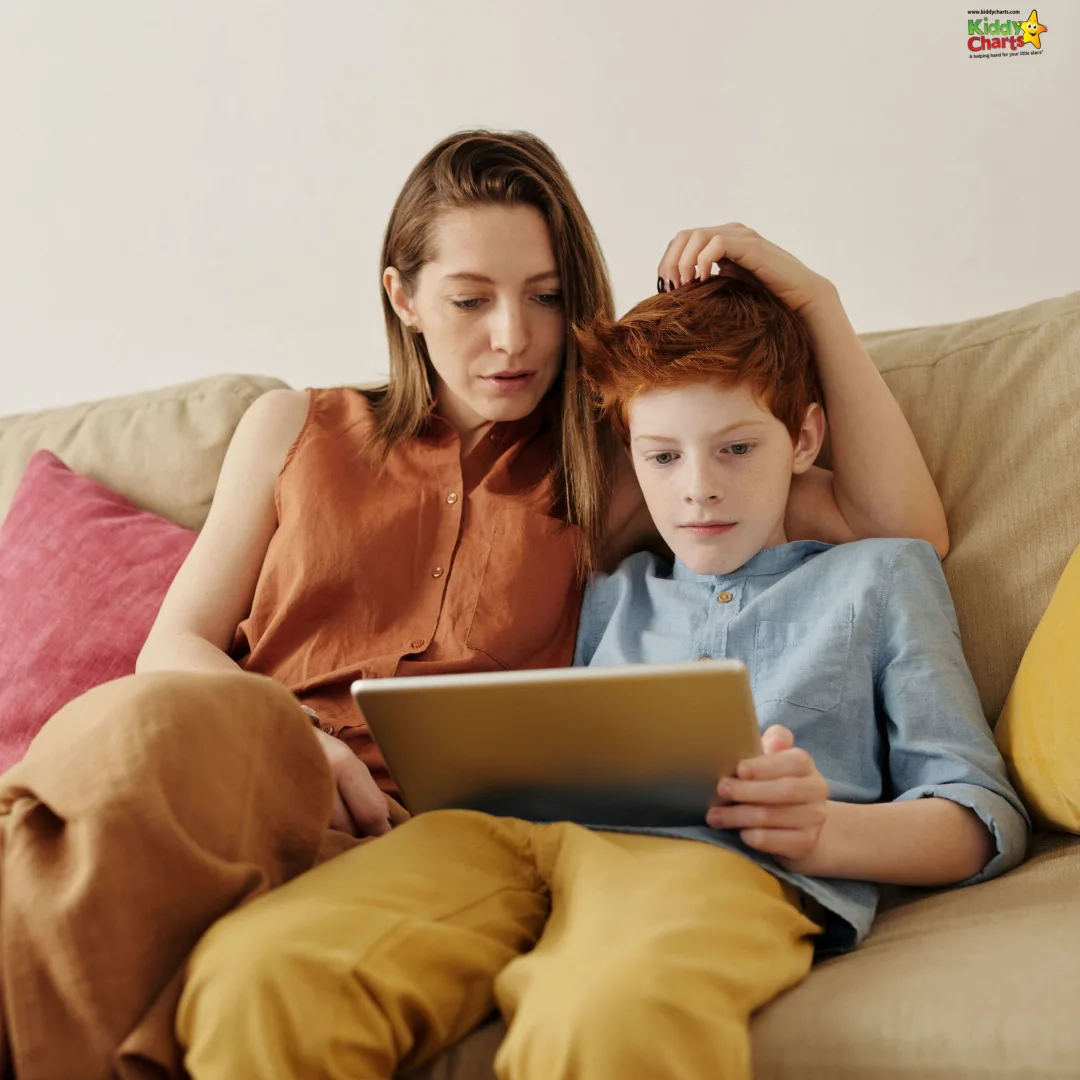
- Library visits are great for exposing children to lots of different books, giving them a choice, and they are free to use. Reluctant readers are usually unsure about what types of books they like or are interested in until they see or hear about them. Librarians can be a great source of knowledge, so don’t be afraid to ask them for suggestions.
- Reading for a purpose is a great way to get children reading. Let them read recipes then bake the cookies. Read the rules then play the game. Read instructions then make or build something.
- Film to book. Let children watch a movie then read the book. This won’t spoil the fun but will help them to know what the book is about and know it’s something they could enjoy reading. It can help them to understand the flow of a story, to decode and recognise key vocabulary and give them the confidence they need to give it a go.


- Hook them into a book series, so they want to find out more and therefore keep reading.
- Have visitors read with or two them. Male role models are great for boys: dad, football coach, grandfather (boys are more often encouraged to read by mum and female teachers, so can inadvertently identify reading as a female activity).
- Visit a book shop and let them spend some real time browsing the shelves, ask the bookseller for suggestions – that’s what they’re there for – or why not take your child to a book shop when they have a relevant author event?
Most importantly, please make the reading experience enjoyable and stress-free!
Sometimes it helps to have an activity around the book you have read – so we have one for my book; Baller Boys. A lovely crossword for you to try with your children once you have read the book.
Baller Boys reading activity
This is a crossword based on the key characters within the book. To download, just click on the square image below. If you want to buy the book – do visit Amazon and check it out too.
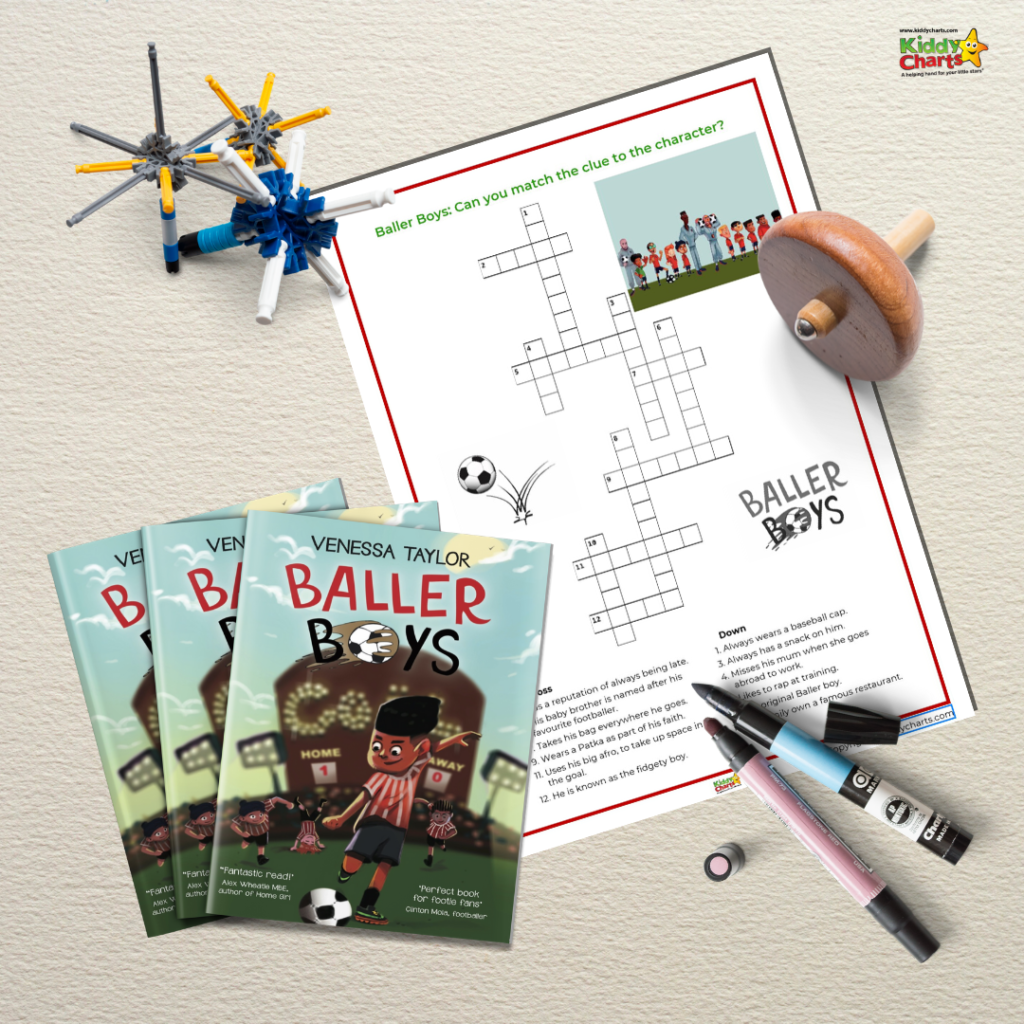

If you are looking for other articles on the site that encourage reading – do check these out as well.
Reading Printables - KiddyCharts
Some more great printables for encouraging reading with your kids.
Reading certificates: Reading award and reading rockstar!
Award certificates for your reading rockstars!
5 ways to use reading to help anxiety in kids: Includes FREE friendship bookmarks and book bundle giveaway #TimeToRead
Bookmarks, and ways to use reading to help with anxiety.
Free printable reading quotes for World Book Day posters and beyond
Posters with fabulous quotes on for World Book Day!
How to encourage reading and writing in four and five year olds
How to help your little ones to have a love of reading.
Free gold, silver and bronze reading award certificates
More wonderful certificates for the kids to encourage them even more.
The ultimate guide of book resources for kids and parents
Our list of ultimate reading resources on the site.
These other posts from around the web may also be of interest to you –
15+ Reading Strategies for Unknown Words {Tips for Parents}
FREE Reading Tips Brochure - to Parents from Teachers
10 Ways to improve reading fluency
Thanks so much for coming to see us – do subscribe if you want to as well.
Take care and thanks for dropping in and don’t forget to follow us on Facebook!
Helen

